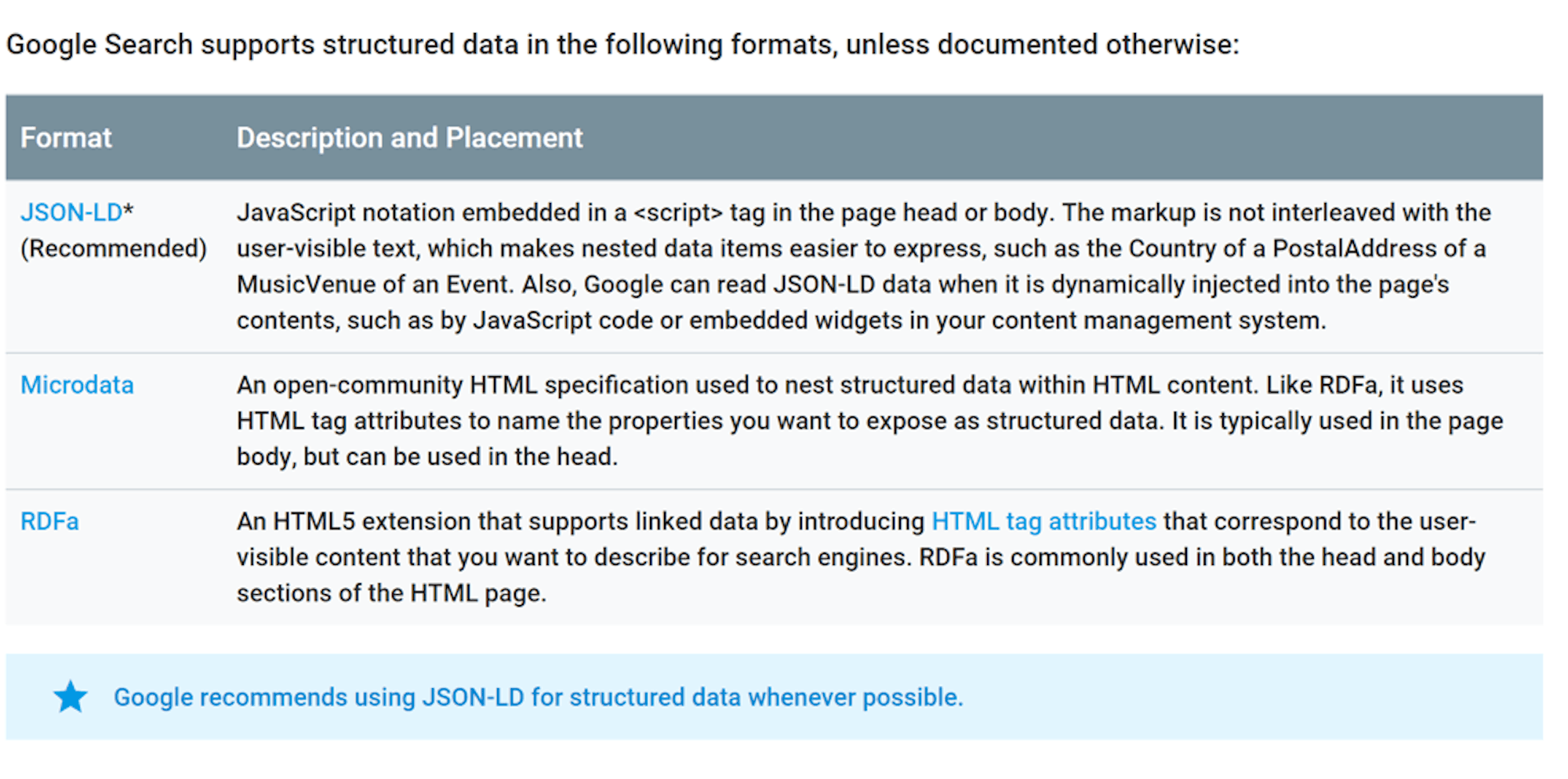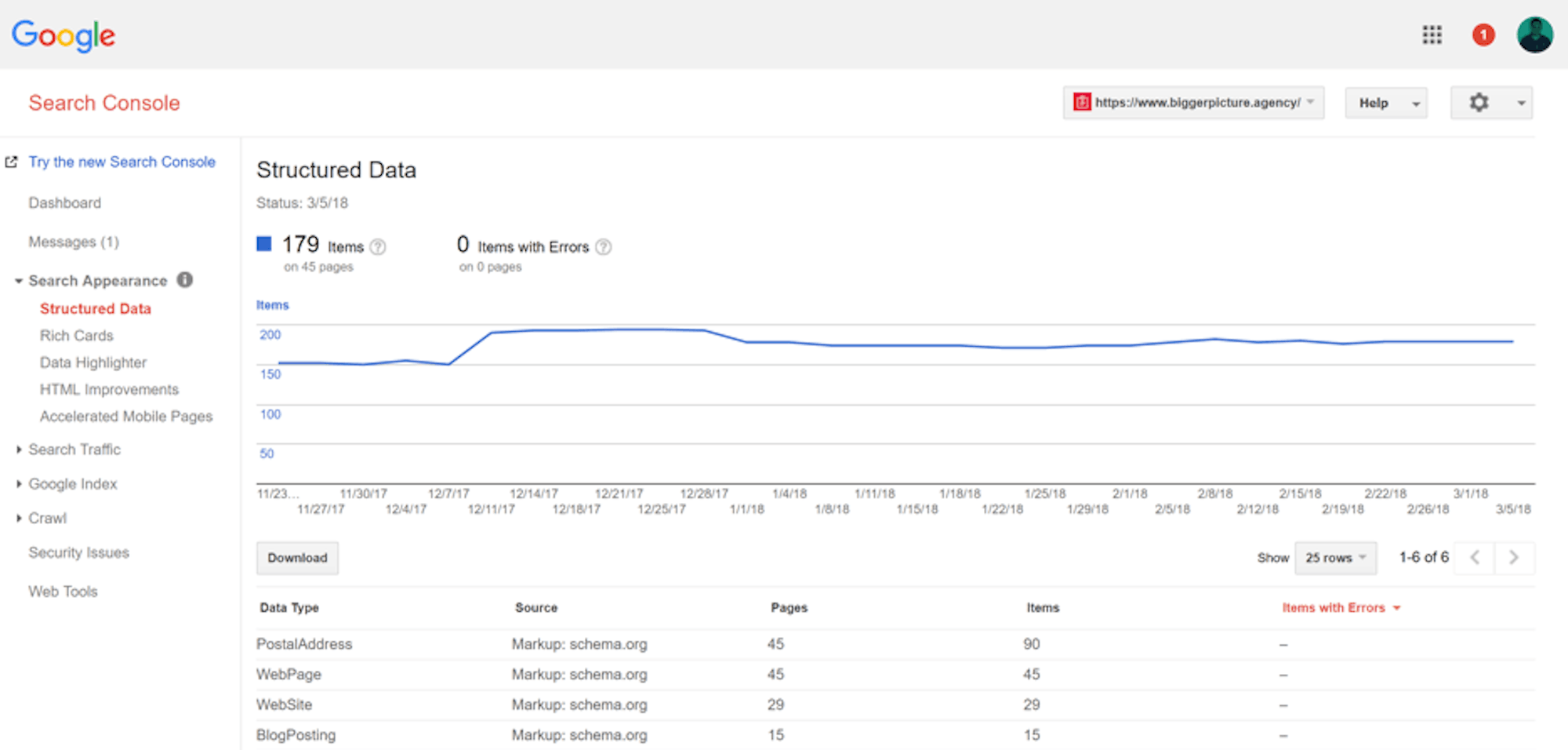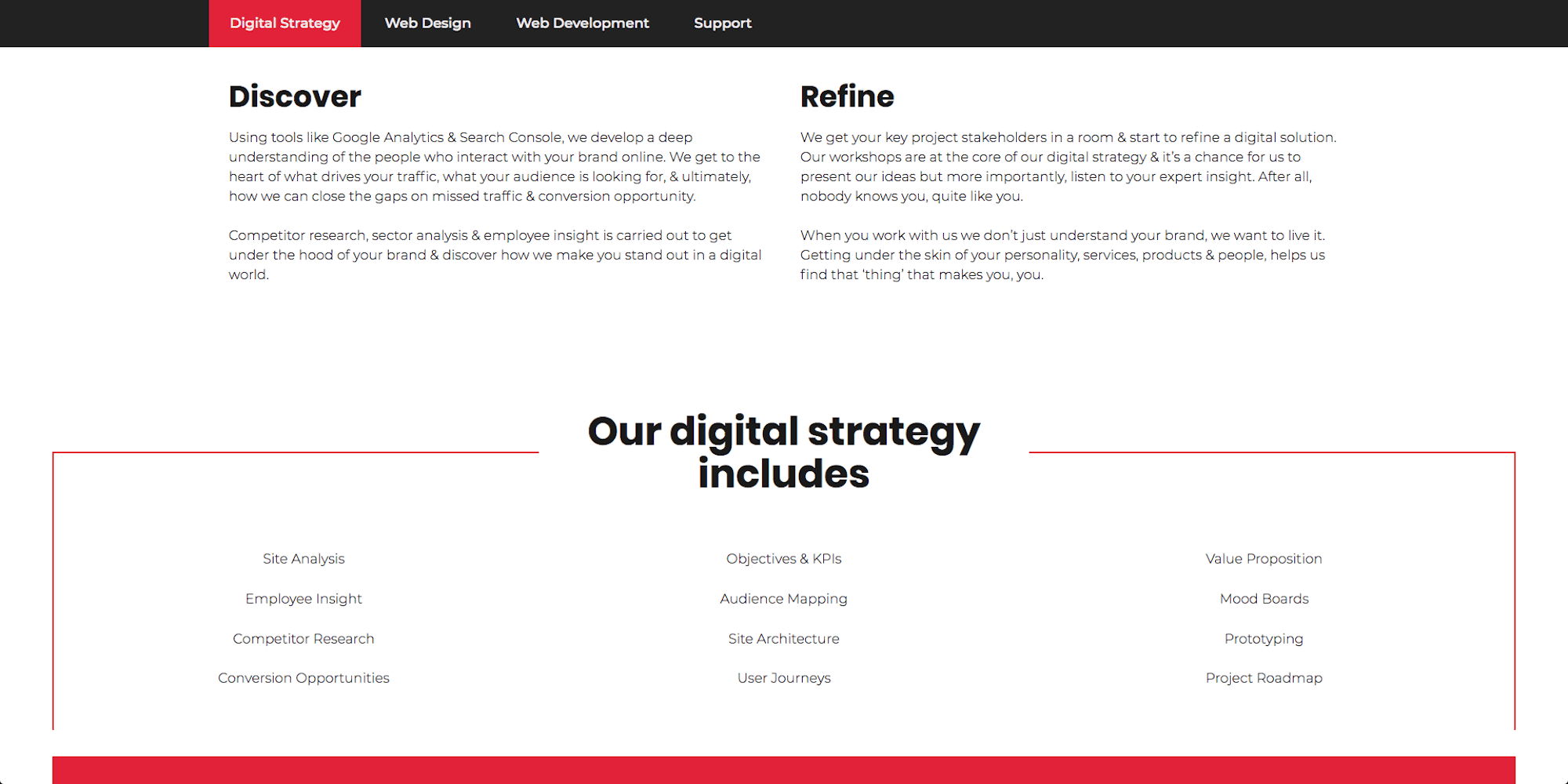Here are my top 5 website marketing tips for SMEs:
- Go Local
- Use Schema
- Content is King
- Get social
- Repurpose content
Go Local
In a digital world it’s all too easy to aim for national or even international acclaim but driving organic traffic from ‘local’ searches is much easier when it makes sense for your brand. Take us as an example – we’re a digital design agency who specialise in website design and app development. We can (and do) service customers from all over the globe. There are of course thousands of ‘web design agencies’ out there and we do not have the resource or budget to compete on a global scale. We do however have the ability to compete against the hundreds of web design agencies who are relevant for local searches like ‘web design agency in Hampshire.’ We’d much rather have a big chunk of local traffic from local searches vs appearing on page 10 for global searches like ‘web design agency’ and getting no traffic.

How to rank for local searches: Google My Business
Directly under paid advertisers, Google shows a Map with information from a few ‘local’ businesses. It’s the second most prominent section on the page (and FREE) so it’s worth making sure you do everything you can to optimise your My Business listing. Here’s a few things you need to do to rank well in Google My Business/Maps.
Get your business listed
Visit https://www.google.com/business/ and signup to verify your business. Google will send you a postcard with a code and once entered, you have an opportunity to rank on Google Maps for local searches. Easy! Be sure to write an accurate description of your business and its services, ensure you’ve selected the right business category your company belongs to, and take your time. It’s worth thinking about what you say so Google and more importantly PEOPLE, get what you do.
Be consistent with your NAP
When completing your Google My Business listing, make sure your business name, address and phone number (NAP) matches what you advertise on your website and anywhere else you have a listing across the web including all your social profiles and local business directories. Google is smart enough to understand and measure your digital footprint.
Get Reviews
There is no better way to build trust and authority with your audience than reviews. It’s also a signal to Google you are active and relevant for your appropriate search terms. Your customers can easily leave reviews on Google itself and they’ll probably carry more weight than lesser known review sites.
Be active
You’ve probably heard ‘content is king’ a million times so I won’t go there, but make sure you upload photos regularly and take advantage of Google posts, where you can promote an event, offer of latest piece of content right on your Google profile.
Use Schema
This one might be outside of your control, so if in doubt ask your web design or development agency. Schema is code that sits in the background of your site to help Google and other search engines return more informative results.
There are different types of Schema including JSON-LD, Microdata and RFda. All are designed to make it easier for search engines to pick up important bits of data and ultimately display that data in their results. At Bigger Picture we’re fans of JSON-LD as it makes it easier for our clients to add via a CMS in the style of meta data. Oh, it’s also the recommended Schema type of Google!

https://developers.google.com/search/docs/guides/intro-structured-data
Common types of Schema
There is Schema for all types of content but the most regular types we find ourselves implementing are for:
- Business Address
- Business Phone Number
- Business Opening Hours
- An Event
- A Product
- A News Article
- A blog Article
- A person
Check out http://schema.org/ to find the Schema for your business

Validating your Schema
Head over to Google Search Console (Webmaster tools). Under Search Appearance you’ll find structured data. Google shows you exactly what pages have what Schema and points out any errors. There’s also a Google Schema validation tool you can find at https://search.google.com/structured-data/testing-tool/u/0/

Use Google’s Data Highlighter
If you don’t have the right CMS or dev skills to add JSON-LD, Google has a handy tool that let’s you highlight structured data. View the intro and visit ‘Data Highlighter’ in your Search Console.
Content is King
I’ve been project managing website design projects for 12 years and if there was one common thing, it would be the struggle of content production. I am a firm believer that content should be produced in-house. It’s rare to find a copywriter that has the industry knowledge and brand insight to write effectively for YOU, so find the time to write. Like most good design agencies, we go through a strategy phase before getting creative. Part of this strategy is to map out website pages (sitemap) and content messaging based on keyword research and a depth of understanding of what makes you, you. We work with our clients to take content supplied and ensure its search engine friendly.
Consider your content structure
Writing paragraph after paragraph without headlines, bullets and other content (think photos, videos, illustrations) doesn’t just put people off reading it, but does no favors from an SEO point of view either. Whether it’s a standard service page, a blog article or contact, utilise basic heading tag markup like H1s, H2s etc. Use bullet points when appropriate and keep sentences simple. Complex grammar and technical jargon isn’t going to impress anybody.

Forget Keywords. Focus on People.
Forget old school keyword stuffing and repeating the same phrase repeatedly. Write for your audience, they’re your potential customer after all. It’s true that you need to mention searchable phrases however don’t let it worry you too much. Keyword variations, synonyms and generally keeping to the same topic gives Google enough of an idea what you should be ‘found’ for. It’s more important to have friendly, quality and popular content over that of content that has a beautiful ratio of copy to code but is never interacted with or shared.
Blogging can be fun
An on-going content strategy is key to marketing success and a blog is perhaps one of the easiest and most popular channels in any marketer’s pocket. Yes, it’s hard to commit to writing frequently and day to day responsibilities can get in the way but if you don’t get your knowledge, experience and opinions across, who is going to know you are an expert? Writing a blog is an opportunity to break from your normal brand tone. It’s written by an individual and individuals are allowed an opinion. Don’t be afraid to write something not everyone will agree with. Share your experiences on how you tackled a recent project, what you think of the latest bit of software, or give away some of your secrets to success. I hear from a lot of companies that they are afraid of sharing too much in case a competitor copies, but I say let them. Be the first, be the boldest, and your customers will see.
More pages = more opportunity
The more web pages and content your site has, the more likely you are to cover all possible bases for being found. Blogs provide an opportunity for being found for longer search phrases, and having dedicated service pages for example, rather than listing out everything in a single location, provides more optimisation. Don’t take short cuts at the cost of your marketing.

Get Social
Digital marketing does not start and end with your website, your audience and potential customers are everywhere so you should be too. Twitter, Facebook, LinkedIn, Instagram are just some platforms that will help grow your digital footprint and put your brand in front of your audience.
Share, Share and Share
When you write a new piece of content or want to promote an existing, create a post and share. The more it is liked, shared by others etc. the more links and popularity you build. Google will pick that up and you will see your content achieving better organic positions in result pages.
Be fun
Not every social post has to be self promotion. Show your audience what you are up to, share images of the people inside your brand, share things that people will find interesting, and use it to show the kind of brand you are. Please note though, I will unfollow you if you share fluffy kittens or use a thousand hashtags, it’s just not needed!
Boosting and advertising is important in today’s social media world.
Repurpose Content
Why write a piece of content once and let it sit there when you could make use of it time and time again.
Gated Content
If you write a great piece of content you might decide to gate it i.e. ask your audience to share their email in order to access it. This can be great for lead generation and we see many brands having great success with this strategy. Datasheets, Whitepapers or access to some research piece are often gated pieces of content. I find most companies miss a trick with this technique though. Search engines will not be able to find and read your gated content, so you are making it harder to find for the real people that are interested in it. I always suggest that content is dissected into bite sized chunks, normally blog articles, that are indexable in search engines. It means one whitepaper could lead to a series of blog articles, generating several more pages on your website. Recycling what has already been written gives yet another opportunity to create more indexable pages, all of which can contain a call to action to download the larger, gated piece of content. Entice and excite your audience with one section and they are more likely to part with their contact info.
Pull out stats
Go through your blogs, case studies and any other research you’ve done. Create infographic(s) and write a summary for a new article. Get social promoting parts of the graphic with your audience across your channels. It’s a great way of creating frequent, easy posts to drive traffic to your site and increase your popularity.
Turn videos into pages
If you’ve shot an explainer video, case study, or company intro, don’t just embed it once and forget about it. Take things said and create articles that expand, explain or simply say what’s in the video. You've guessed it, it’s another opportunity to create pages you can market and in my experience, one of the quickest wins.
Don’t be scared to email
Ok, so the rules of emails are changing (or have changed depending on when you read this) with the whole GDPR thing. If your customers or potential customers have given you consent, use it. Email your latest article, guide or case study and don’t just wait for it to be found.
Use more than one platform
For a bigger and better digital footprint, don’t just use Youtube, upload to Vimeo too. Put your PowerPoints onto Slideshare and upload photos to Instagram as well as Facebook. The more you spread the word, the more your brand will be found with next to no additional effort.
And that's it
There are loads of other things you can be doing to actively promote your brand through different digital strategies but starting with these points will certainly make a difference. If you have any questions or comments give us a shout and we'd be happy to chat.

